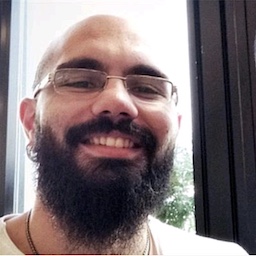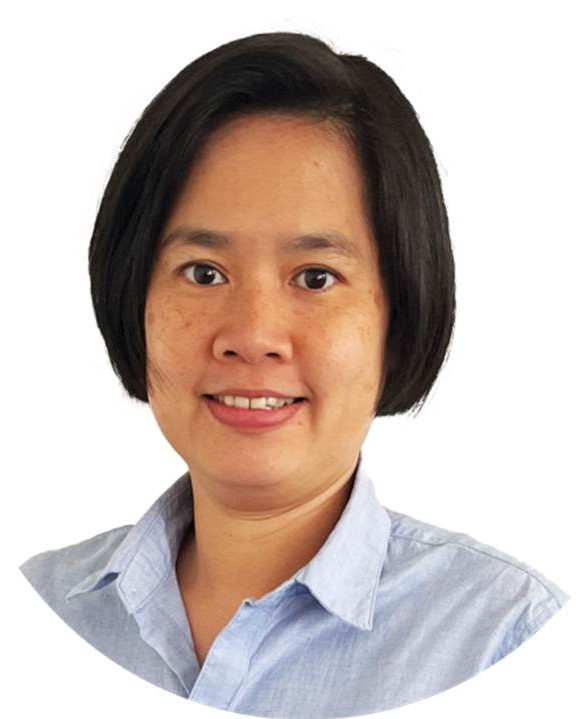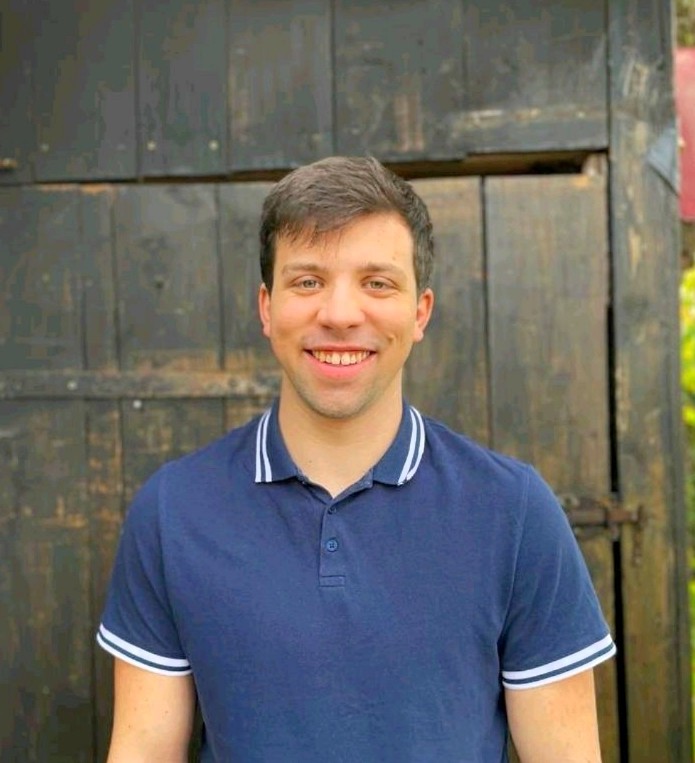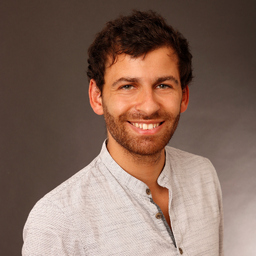

Die Forschungsgruppe Neuromechanik und Rehabilitationsrobotik (NeuRoMech) konzentriert sich auf die computergestützte Modellierung der motorischen Kontrolle und der Biomechanik des Bewegungsapparats. Unsere Forschung verbindet Neurowissenschaften, Biomechanik und Robotik, um zu verstehen, wie neuronale und muskuläre Systeme interagieren, um robuste, adaptive Bewegungen zu lernen und zu kontrollieren. Wir entwickeln detaillierte neuro-muskuloskelettale Modelle, um sowohl gesunde als auch beeiträchtigte motorische Kontrolle zu untersuchen und die Erkenntnisse für translationale Anwendungen in der Rehabilitationsrobotik und für Assistenzsystemen zu nutzen. Durch Kooperationen in den Bereichen Robotik und maschinelles Lernen erforschen wir, wie die Muskeldynamik zum motorischen Lernen, zur Stabilität und zur Kontrolle beiträgt, und ebnen so den Weg für bioinspirierte Roboterkonzepte.
Kernthemen der Forschung:
- Computergestützte Motorsteuerung und Biomechanik - Modellierung neuromuskulärer Interaktionen für die Bewegungserzeugung und das Lernen.
- Rehabilitation & Assistenzsysteme - Entwicklung von Assistenzsystemen für motorische Beeinträchtigungen wie Tremor.
- Neuro-Muskuloskelettale Modellierung - Simulation gesunder und beeinträchtigter Lokomotion zum Verständnis von Krankheitsprogression und motorischer Dysfunktion.
- Maschinelles Lernen in der Biomechanik - Entwicklung von KI- und Reinforcement-Learning-Methoden zur Untersuchung der motorischen Kontrolle bei Menschen und Robotern.
- Physikalische Intelligenz und "Morphological Computation" - Untersuchen, wie Muskeln die Kontrolle vereinfachen und das Lernen verbessert.
Die Gruppe ist auch mit dem Werner Reichardt Centrum für Integrative Neurowissenschaften (CIN) affiliiert und konzentriert sich auf die Grundlagenforschung und deren Umsetzung in klinische Anwendungen. Die Gruppe ist eng mit dem lokalen Forschungsumfeld in den Bereichen Informatik, maschinelles Lernen und Robotik innerhalb des Center for Bionic Intelligence Tübingen Stuttgart (BITS) und dem CyberValley verbunden.
Weitere Informationen und aktuelle Projekte finden Sie hier: neuromech.de
Unsere aktuellen Forschungsprojekte finden Sie hier: https://neuromech.de
Unsere aktuellen Publikationen finden Sie hier: https://neuromech.de

Hertie-Zentrum für Neurologie
Hertie-Institut für klinische Hirnforschung
Otfried-Müller-Str. 25
72076 Tübingen
Tel.: +49 (0)7071 29-88873
Fax: +49 (0)7071 29-25011













